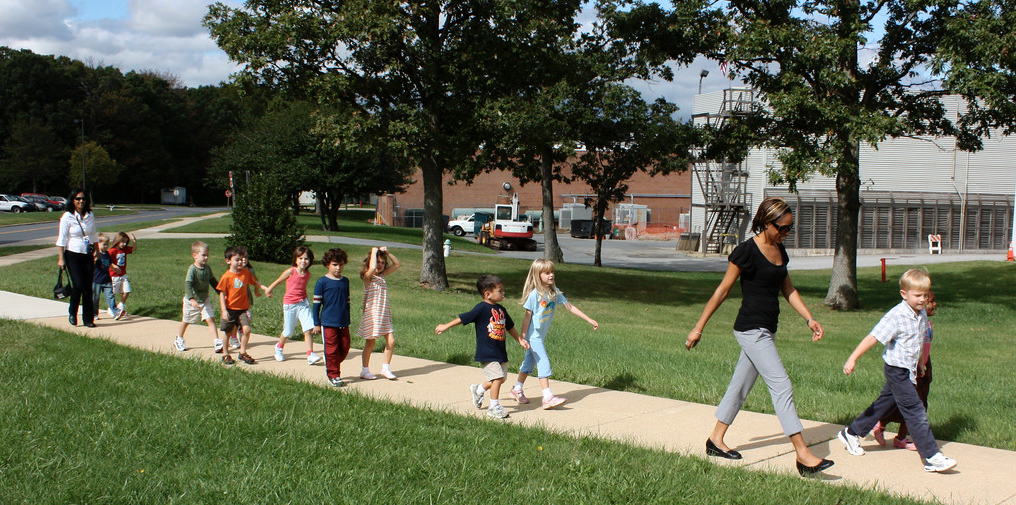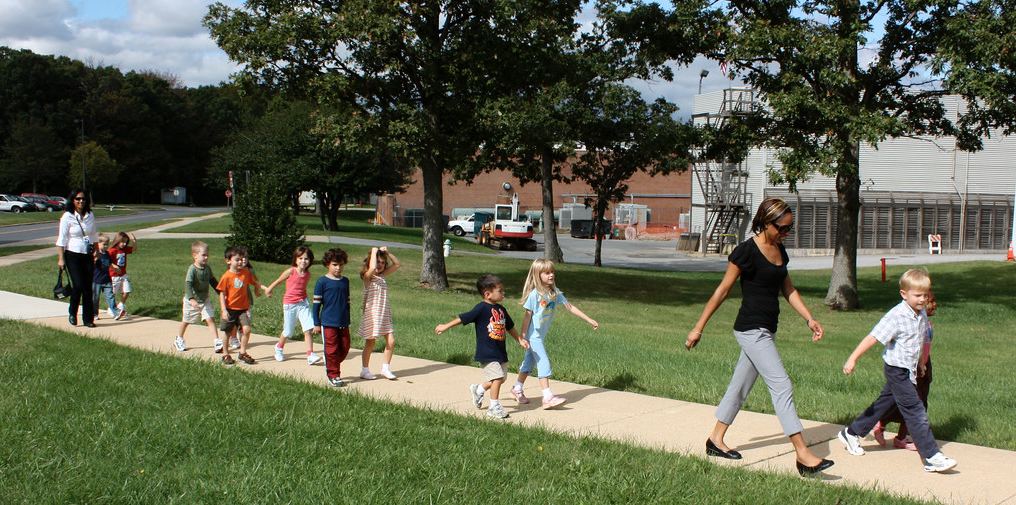As COVID-19 is still actively infecting people every day, after what is said to be six months after its initial detection, it has gone onto affecting yet another school year as back to school season is amongst us. Ultimately, testing the reflexes of the administrators in charge and impacting the education system as a whole.
COURTESY// woodleywonderworks
Most governments around the world have closed in-person educational institutions for its students’ safety and in efforts to stop the spread of COVID-19. In place of physical interaction, students are yet again to complete their studies through online instruction.
According to the United Nations Educational, Scientific, and Cultural Organization, 60 percent of the student population has been impacted with a total of 143 countrywide closures. However, not all countries have agreed on how to handle the decisions made for educational institutions.
The conversation among the general public has included an ongoing debate on whether or not schools should reopen for in-person sessions or not. Denmark’s central government, in collaboration with the Parliament, has reopened schools during this outrageous pandemic, all the while not requiring students to wear face masks and instead implementing strict regulations and procedures.
The critical difference between Denmark and the United States, though, is the population size and density. However, these school halls and classrooms are not what they were a few months ago. For example, they limited the number of students that made up the primary and secondary school classrooms. Currently, there are only about 10 to 12 students per teacher. Additional procedures include using different doors when entering and exiting, holding class lessons outside when possible, and socially distanced desks.
While it is possible for countries with lower population density and fewer cases of COVID-19 to do so, there are a lot of adverse effects in not letting kids go back to school, physically.
In an article written by Oliver Franklin for the U.K. news publication, Wired, stated that after hurricane Katrina hit, “Some children showed increased signs of anxiety, depression, and post-traumatic stress long after the event; a study five years later found that more than a third of those children displaced were still at least a year behind their peers academically.” Although this is no natural disaster like a hurricane, the scale of impact that COVID-19 has had can sure measure up to one.
The lack of physical interaction has shown to be crucial for a child’s developmental learning and mental health. According to WBUR-FM, a public radio station in Boston, Mass., owned by Boston University, “As states debate reopening schools, some child psychologists are expressing another worry — that schools won’t be prepared to deal with kids’ mental trauma when they do go back.”
Fear, the loss of relatives, trauma, and abuse are among the issues children might be dealing with since the coronavirus pandemic forced schools to close in March. The benefits of having in-person schools outweigh the negative and overall ensure a safe environment for kids with broken families. It provides educational intrusion, helps develop social and emotional skills, and provides physical activity needed every day. Overall, schools should be making plans to move in the same direction as Denmark by creating smaller classroom sizes and making strict rules on social distancing so kids can maintain mental and physical health.





![[Both photos courtesy of sonoma.edu]
Ming-Ting Mike Lee stepped in as the new SSU president following Sakakis resignation in July 2022](https://sonomastatestar.com/wp-content/uploads/2024/04/CC4520AB-22A7-41B2-9F6F-2A2D5F76A28C-1200x1200.jpeg)



























